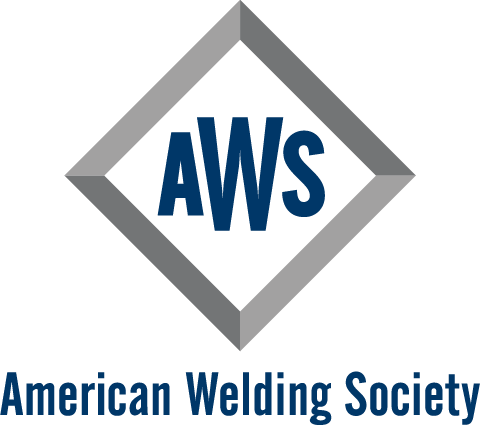According to OSHA, in order to prevent dust explosions and fires, employers must (among other things):
- Develop and implement a written housekeeping program with instructions to reduce dust accumulations on ledges, floors, equipment and other exposed surfaces.
- Identify “priority” housekeeping areas in grain elevators. The “priority” housekeeping areas include floor areas within 35 feet of inside bucket elevators, floors of enclosed areas containing grinding equipment and floors of enclosed areas containing grain dryers located inside the facility. Dust accumulations in these priority housekeeping areas shall not exceed 1/8th inch. Employers should make every effort to minimize dust accumulations on exposed surfaces since dust is the fuel for a fire or explosion, and it is recognized that a 1/8 inch dust accumulation is more than enough to fuel such occurrences.
- Inside bucket elevators can undergo primary explosions. OSHA’s grain handling standard requires that belts for these bucket elevators purchased after March 30, 1988 are conductive and have a surface electrical resistance not exceeding 300 megohms. Bucket elevators must have an opening to the head pulley section and boot section to allow for inspection, maintenance, and cleaning. Bearings must be mounted externally to the leg casing or the employer must provide vibration, temperature, or other monitoring of the conditions of the bearings if the bearings are mounted inside or partially inside the leg casing. These bucket elevators must be equipped with a motion detection device which will shut-down the elevator when the belt speed is reduced by no more than 20% of the normal operating speed.
- Implement a preventative maintenance program with regularly scheduled inspections for mechanical and safety control equipment, which may include heat producing equipment such as motors, bearings, belts etc. Preventive maintenance is critical to controlling ignition sources. The use of vibration detection methods, heat sensitive tape or other heat detection methods can help in the implementation of the program.
- Minimize ignition sources through controlling hot work (electric or gas welding, cutting, brazing or similar flame producing operations).
- Install wiring and electrical equipment suitable for hazardous locations.
- Design and properly locate dust collection systems to minimize explosion hazards. All filter collectors installed after March 1988 shall be located outside the facility or located in an area inside the facility protected by an explosion suppression system or located in an area that is separated from other areas by construction having at least a one hour fire resistance rating and which is located next to an exterior wall vented to the outside.
- Install an effective means of removing ferrous material from grain streams so that such material does not enter equipment such as hammer mills, grinders and pulverizers.





